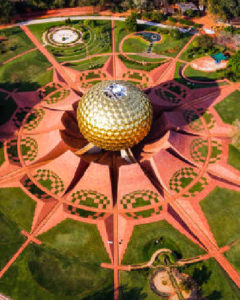- Home
- About us
- Destination
-
-
- Goa
Telangana

Andra Pradesh

- Tour Packages
- Car Rental
- Contact
Diwali Festival
Festival of Lights

- Diwali Festival Overview
Diwali, also known as the “Festival of Lights,” is one of the most popular and widely celebrated festivals in India and by Indian communities worldwide. It symbolizes the triumph of light over darkness, good over evil, and knowledge over ignorance.
- Dhanteras: The first day marks the beginning of Diwali with prayers for prosperity and good health. People purchase gold, silver, and new utensils.
- Naraka Chaturdashi (Choti Diwali): On the second day, homes are cleaned and decorated with rangolis (intricate designs made from colored powders) and oil lamps (diyas) are lit to welcome Lakshmi, the goddess of wealth.
- Diwali (Main Day): On the third and main day, prayers are offered to Lakshmi and Lord Ganesha. Families light diyas, burst fireworks, and share sweets. It signifies Lord Rama’s return to Ayodhya after defeating Ravana in the Ramayana.
- Govardhan Puja (Annakut): The fourth day celebrates the lifting of Mount Govardhan by Lord Krishna to protect villagers from torrential rains. It also marks the first day of the new year in some parts of India.
- Bhai Dooj: The final day honors the bond between brothers and sisters, with siblings exchanging gifts and best wishes.
Diwali is a time for family gatherings, feasts, and the sharing of sweets. It fosters happiness, prosperity, and spiritual renewal. The lighting of lamps during the festival symbolizes the removal of darkness and ignorance from one’s life and the welcoming of wisdom and fortune.




